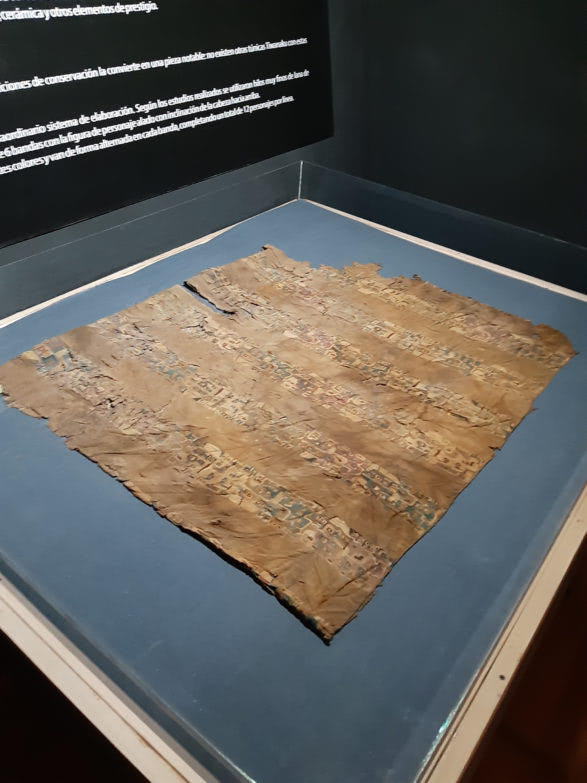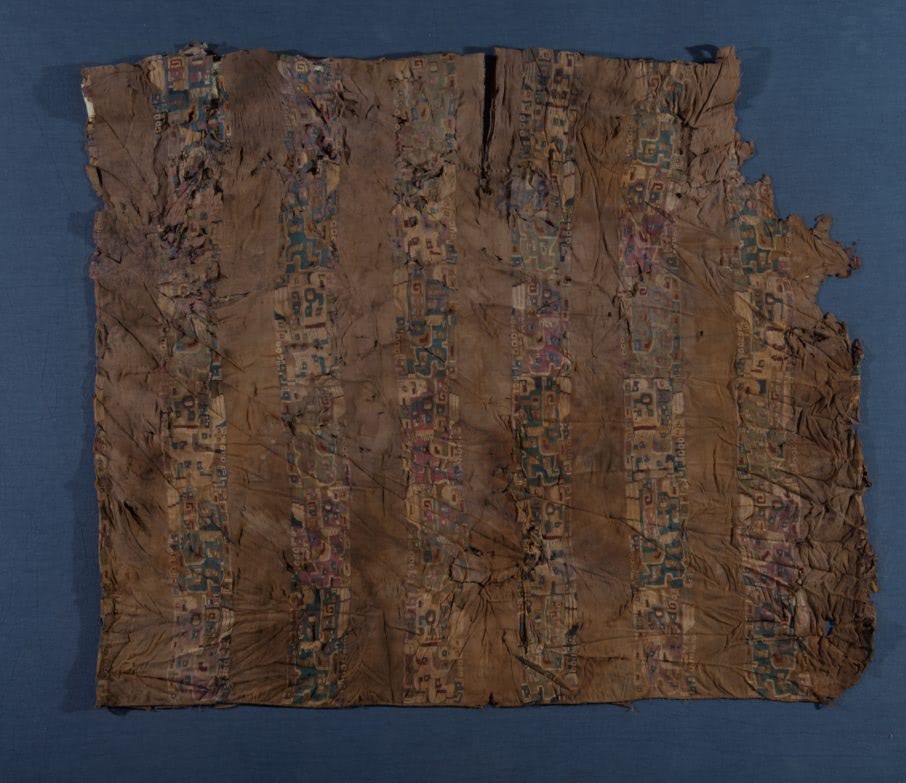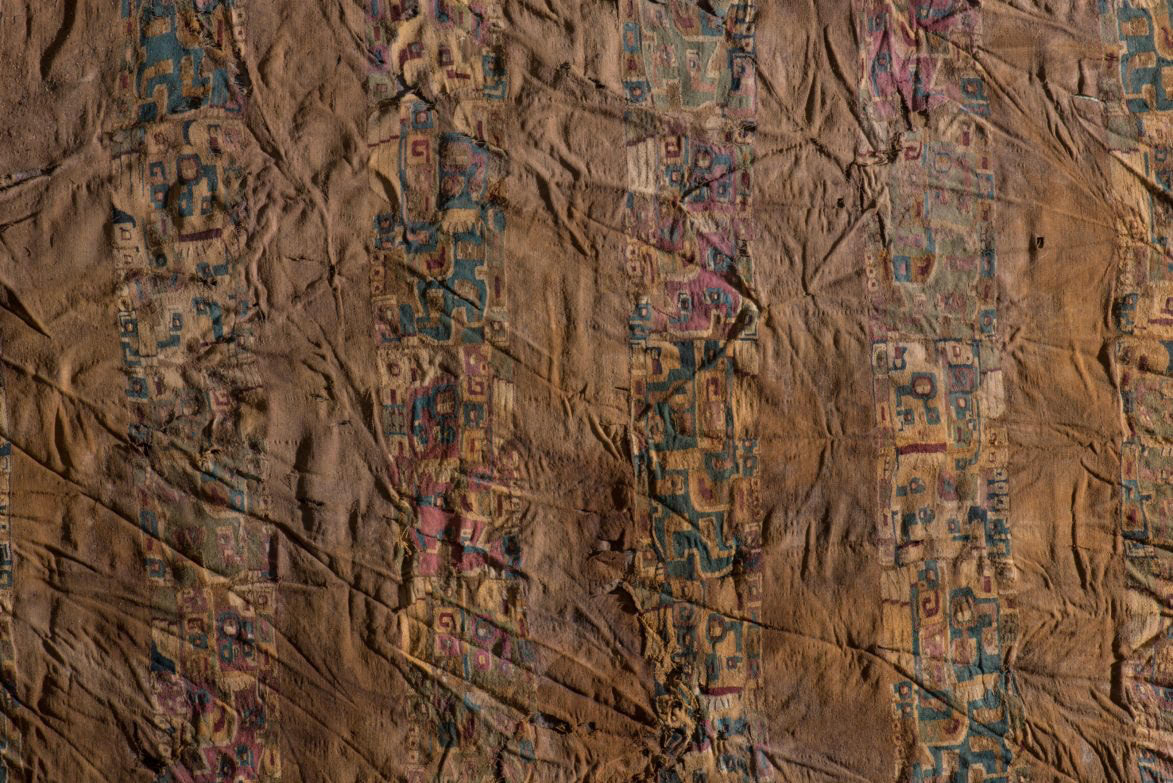The Challenge
- To protect and showcase a fragile and valuable textile during public display.
The Solution
Optium Museum Acrylic® Display Case
Anti-reflective
Allows viewers to clearly see the fragile textile rather than their own reflections.
99% UV blocking
Protects the textile from the most damaging light wavelengths, helping prevent fading and degradation.
Abrasion resistant
A durable hard coat protects against scratches from cleaning and general exposure to the public.
Acrylic is half the weight of glass and shatter resistant
Safeguards against injury and damage to object and visitors.
Anti-static protection exceeds that of glass
Makes for safer, easier fabrication and less cleaning.
The Work
The Tiahuanaco textile tunic is unique for its type; there is no other example in existence in such good condition. The piece is of exceptional beauty reflecting a confluence of visual and tactile qualities. Fine, and technically complicated, the weaving is made with alpaca yarns that offer a dense and, at the same time soft, surface. Its iconography and quality suggest its Tiahuanacan but foreign to the Atacama region. It has been suggested that it was probably created to be worn on special occasions by someone of great importance.
More Info
- Learn more about the textile and present-day preservation plan in QuickVue.


